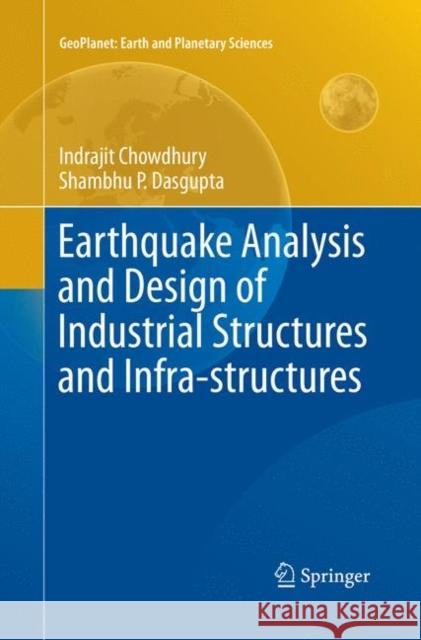Earthquake Analysis and Design of Industrial Structures and Infra-Structures » książka
topmenu
Earthquake Analysis and Design of Industrial Structures and Infra-Structures
ISBN-13: 9783030081102 / Angielski / Miękka / 2019 / 1050 str.
Earthquake Analysis and Design of Industrial Structures and Infra-Structures
ISBN-13: 9783030081102 / Angielski / Miękka / 2019 / 1050 str.
cena 806,99 zł
(netto: 768,56 VAT: 5%)
Najniższa cena z 30 dni: 771,08 zł
(netto: 768,56 VAT: 5%)
Najniższa cena z 30 dni: 771,08 zł
Termin realizacji zamówienia:
ok. 22 dni roboczych
Bez gwarancji dostawy przed świętami
ok. 22 dni roboczych
Bez gwarancji dostawy przed świętami
Darmowa dostawa!
Kategorie BISAC:
Wydawca:
Springer
Seria wydawnicza:
Język:
Angielski
ISBN-13:
9783030081102
Rok wydania:
2019
Dostępne języki:
Numer serii:
000409371
Ilość stron:
1050
Waga:
1.46 kg
Wymiary:
23.39 x 15.6 x 5.36
Oprawa:
Miękka
Dodatkowe informacje:
Wydanie ilustrowane











